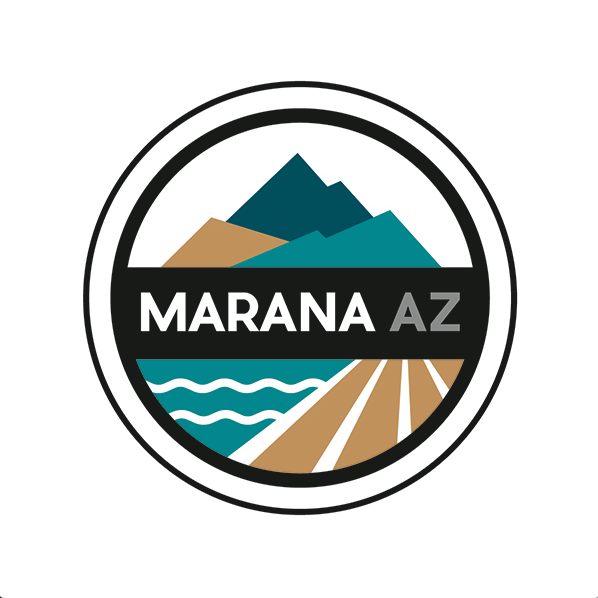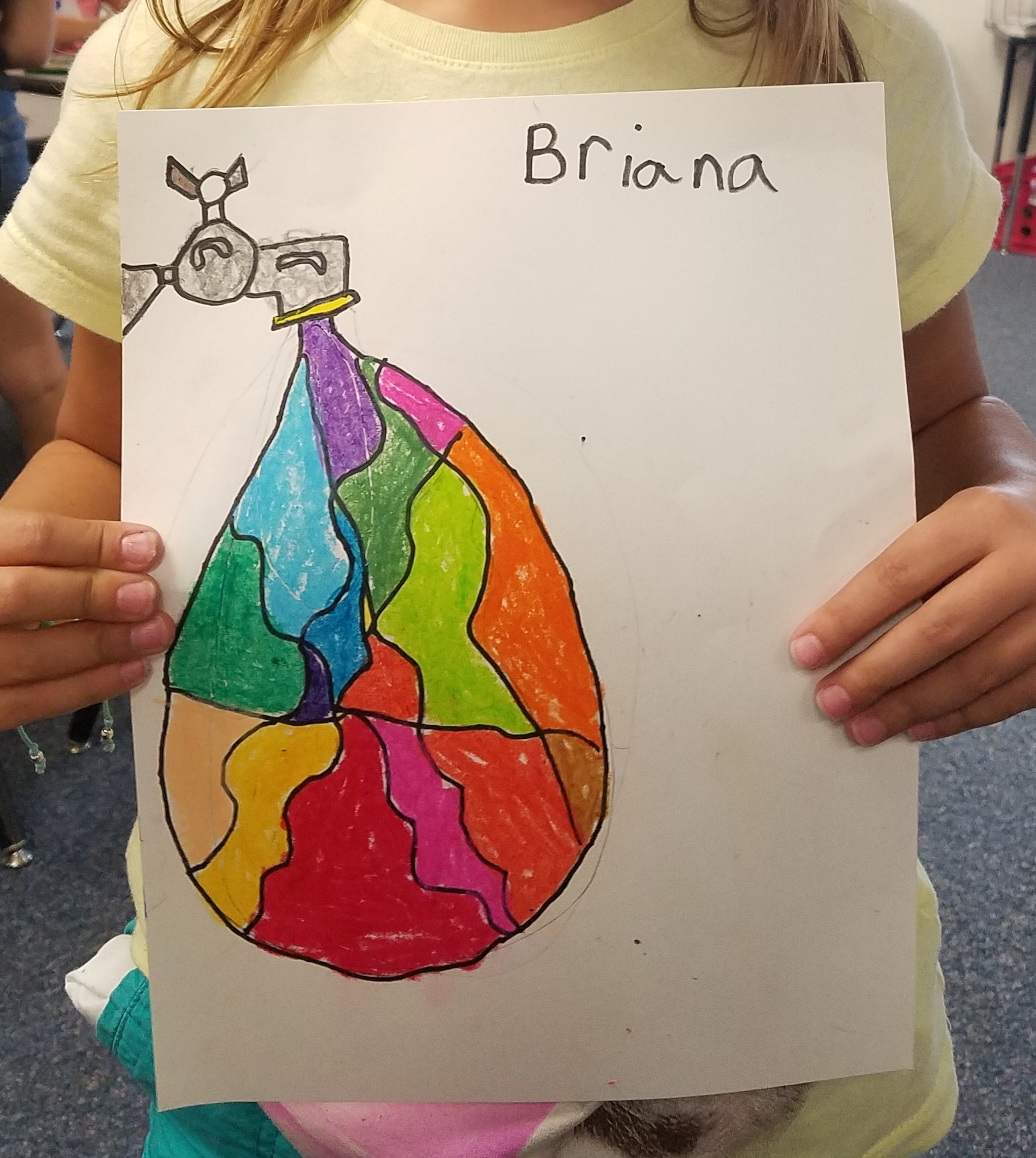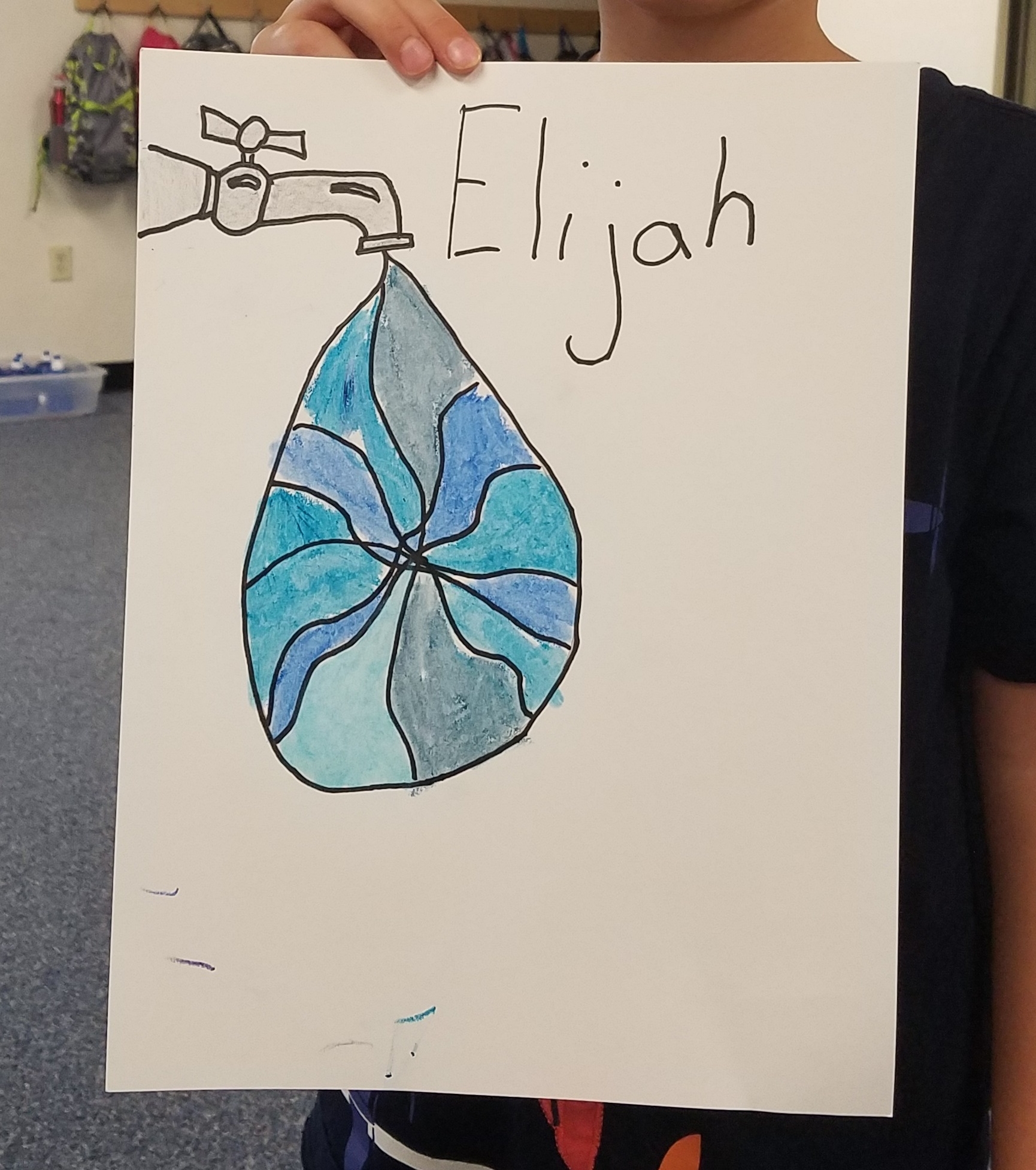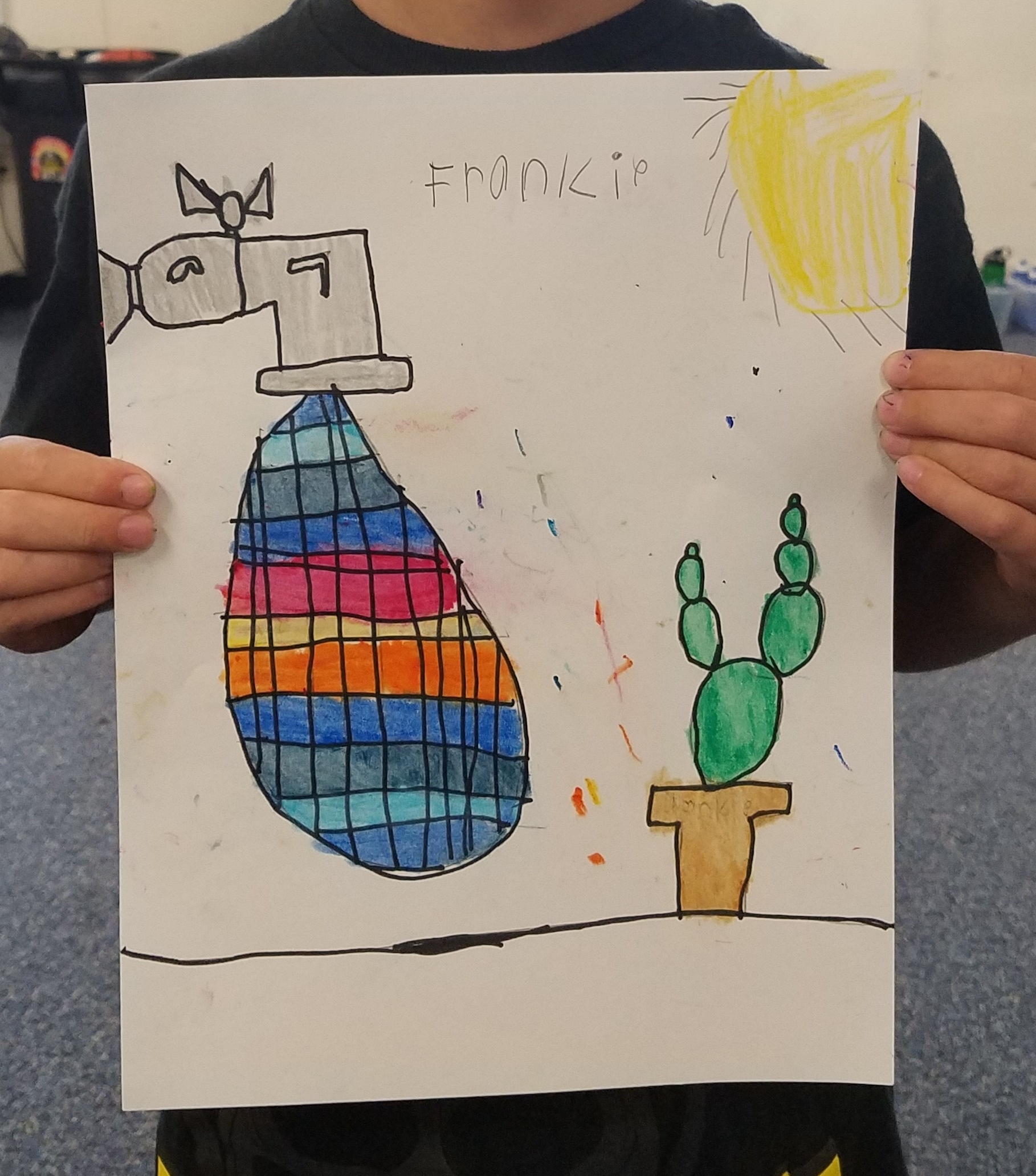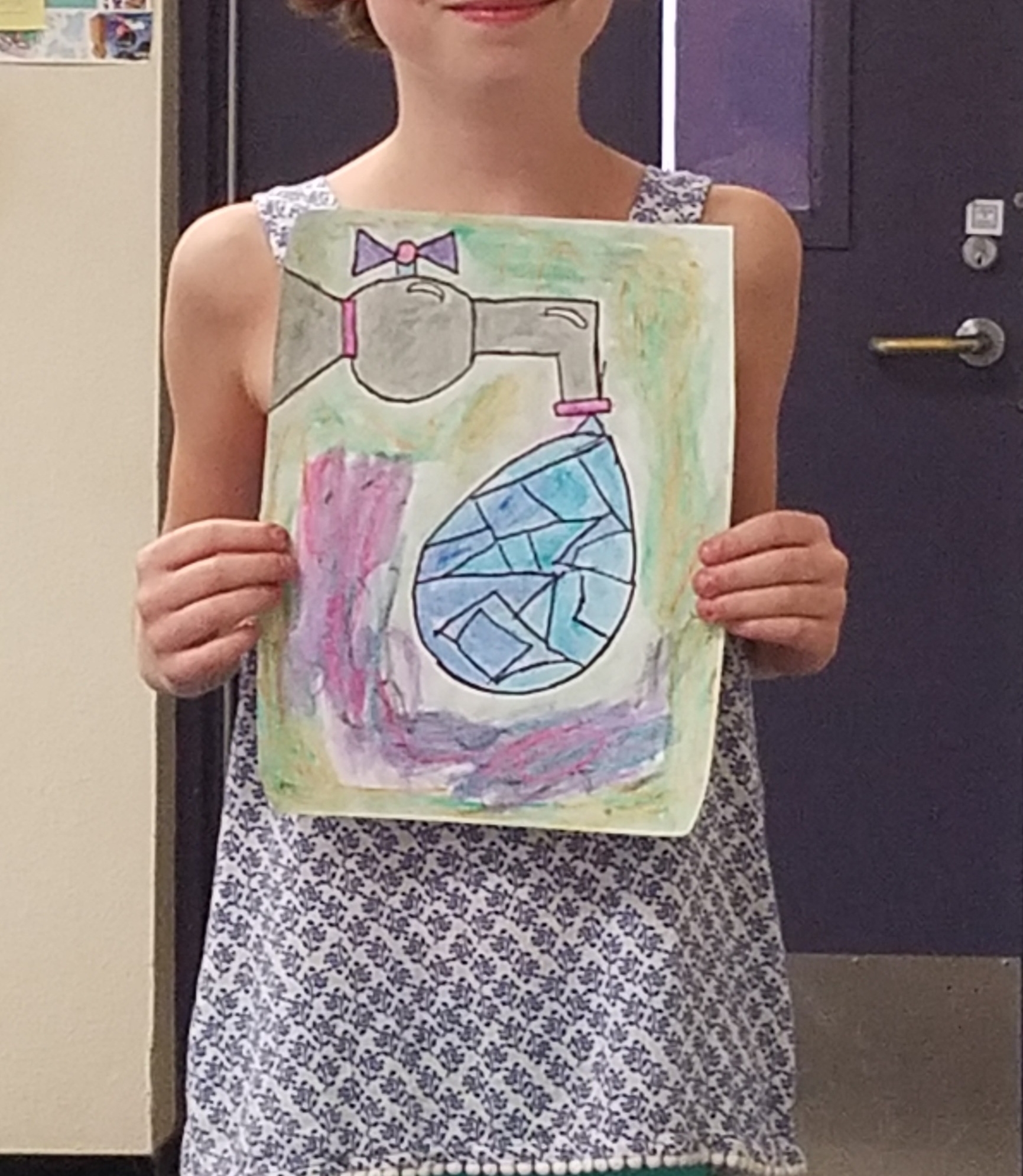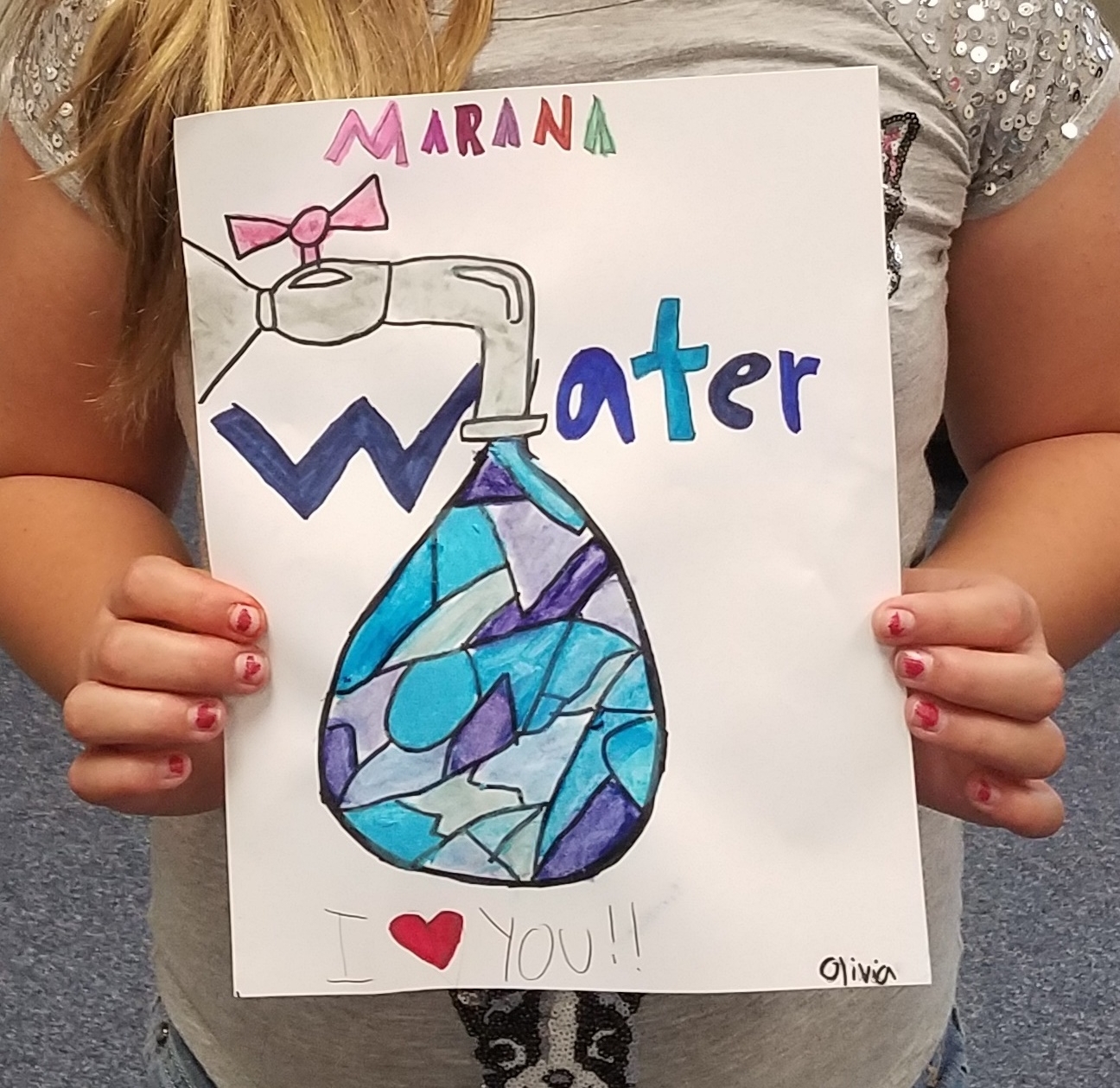A few weeks ago, Katie Essmeyer began pouring through a thread of emails exchanged among local officials in Sahuarita, Arizona. An exchange student from Universität Konstanz in Germany spending a few years at the University of Arizona, Katie suddenly found herself getting a fly-on-the-server view of governmental operations. This was no purely academic exercise. These emails centered on how a local government was going to put its people back to work. Forget budget drafting, road maintenance programs, or rezoning resolutions. This effort was about making sure families could pay their mortgages, feed their kids, put gas in their cars. And it’s exactly what Katie wanted to learn.
Katie is part of a brand new class in the University of Arizona’s Masters in Public Administration program. In earning their MPA, students prepare for careers in the non-profit and government sectors. They examine such complex topics as organizational theory, public budgeting, and approaches to leadership. With the addition of this course, students in this program can now add economic development to their academic toolkits.
The emails Katie and her classmates examined represented the efforts of the Town of Sahuarita to support residents laid off when the Sierrita Mine significantly cut back operations. In these exchanges, officials explored a variety of ideas, all focused on diversifying the community’s economy so that a cutback in one economic driver wouldn’t hurt so much in the future. The conversation captured by the emails illustrates one of the most salient points of this course: economic development requires a long-term vision and long-term planning.
Heath Vescovi-Chiordi, a graduate of UA’s MPA program, helped organize this course as part of his responsibilities as management assistant at the Town of Marana. “This program prepared me in many ways for a career in the public sector, but I always wished there was an economic development course. Local governments can do so much to stimulate the local economy, and I want students to understand this field better as a result of their studies.”
After graduating, Heath joined the Town of Marana as a management assistant focusing on economic development. In his two years with the Town, he’s been involved in a number of projects aimed at strengthening Marana’s economy. One initiative which the Town has undertaken to incentivize corporate relocations to Marana is the Job Creation Incentive Program. Through this effort, the Town offers to rebate the construction sales tax, incurred by building a facility, to companies who substantially expand employment opportunities in Marana. The company can choose to have this rebate come in the form of site beautification, reimbursed employee relocation expenses, job training, or support in ensuring sustainable development or getting LEED certification.
“By providing these types of incentives, we not only make Marana more attractive to large employers, but we offer benefits to them that spillover to the whole community,” says Heath.
As a result of experiences like this one, Heath approached professors in the MPA program with the idea of offering a course in this field. Soon, a small group of course planners, including Heath, Assistant Professor of Practice Mike Letcher, and Marana Economic Development Director Curt Woody, began putting onto paper their hopes for the semester. In these planning sessions, this group decided to structure this class around a series of guest speakers, all sharing their unique perspectives on how local governments can support businesses.
The email thread that Katie read was part of one of these guest lectures. In his visit to the class, Sahuarita Economic Development Director Victor Gonzalez wanted the students to understand both the urgency of his work and the painstaking efforts that go into its development.
“It was obvious how dedicated they were to helping get these people back to work,” observes Aeric Koerner, another student in this course. “In one of the other classes, we approached this basic premise—getting people back to work, supporting job creation—from a different perspective. David Welsh from Sun Corridor came to our class and discussed the cascading effect of job creation. One high-paying position has the cascading effect of supporting even more jobs in supporting sectors.”
By the end of the semester, the planners behind this course hope that the students will walk away with a better understanding of their role in supporting effective economic development in whatever community they work.
“I’m really looking forward to the rest of the semester,” comments Aeric. “We’ve already dug into a couple great case studies of economic development, but I still have lots of questions. For example, what’s the public relations side of all this? How can we explain in plain English the strategies governments are using to attract new businesses and stimulate the economy?”
Answering questions like that one will be the responsibility of Heath, Prof. Letcher, a variety of guest speakers, and most importantly, the students themselves. By providing a course like this one, the Town of Marana and the UA MPA program are helping to ensure that future public administrators are entering their field ready to address the pressing questions that most affect citizens’ lives. That is the purpose of programs like this one, and through this collaboration, Marana is working to fulfill that promise.










